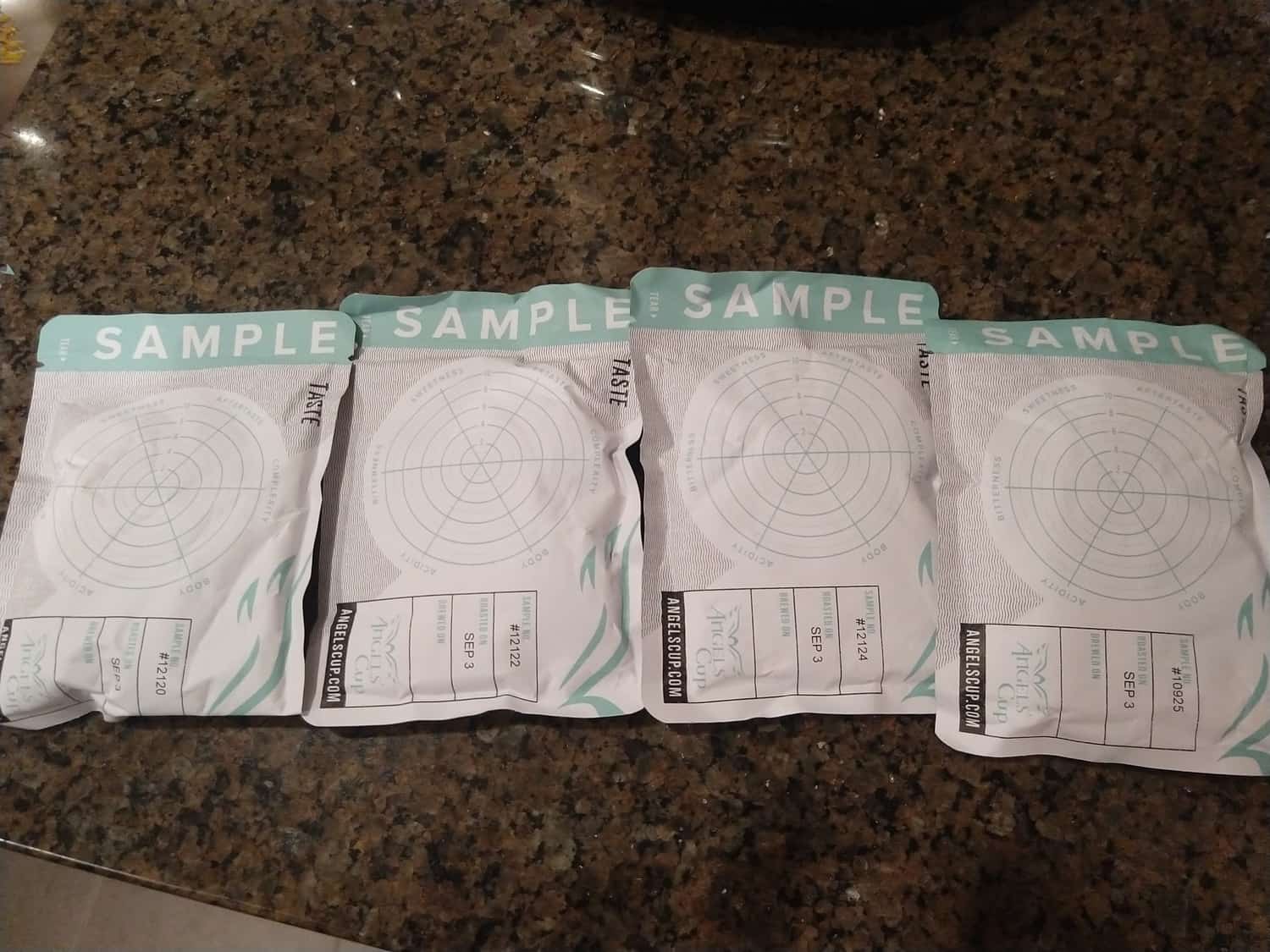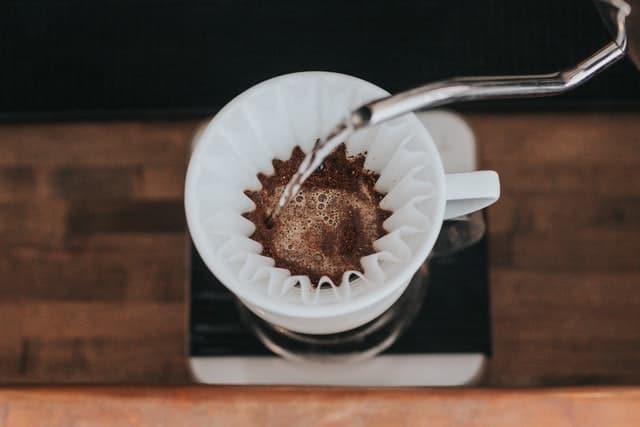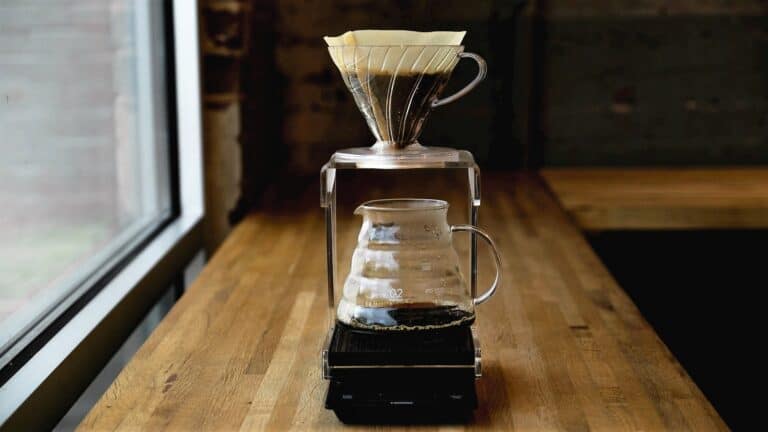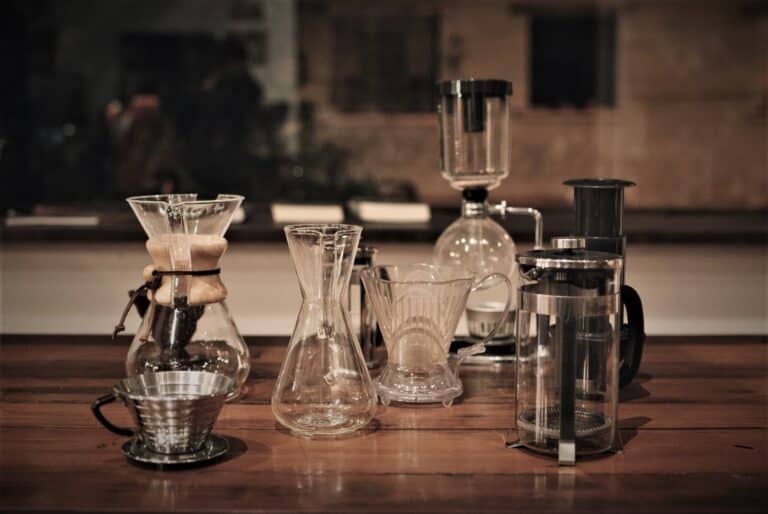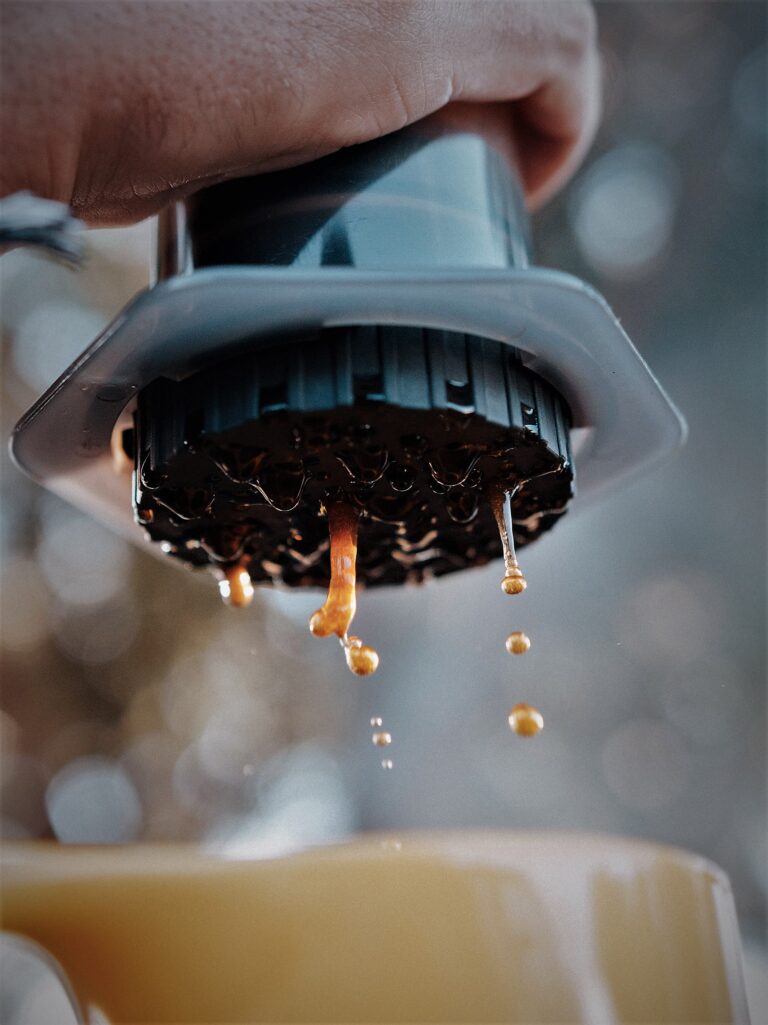Angels’ Cup Review: Does This Blind Tasting-In-A-Box Deliver?
The best way to enjoy coffee more is to enjoy more coffee.
What do I mean by that?
Just like good wine, good coffee contains more flavors than perhaps any single person could pick out.
There are hit-you-over-the-head obvious flavors, like the chocolates or nutty ones. Then there are subtler flavors like specific berries and specific types of acidity (think citrus vs. apple).
The point is that the more high-quality coffees you sample, the better you get at finding all the unique differences that make this beverage so interesting. Blind tastings are especially helpful since they keep you from imagining tastes that labels or packages might anchor in your mind. (Those nefarious geniuses of coffee marketing!)
We’re also smack dab in a specialty coffee boom. At least here in the US, there are scores of excellent specialty roasters. But, for every well-known roaster like Stumptown or Blue Bottle or Counter Culture, there are probably a dozen more that remain nearly unknown outside their hometowns.
As coffee enthusiasts, that means we’re missing out on a lot of great brews.
Angels’ Cup makes it fun and easy to get lots of interesting variety from lots of unfamiliar (but great) roasters. Everything from the pricing model to the packaging to the app is made with blind tasting in mind.
Plus, who doesn’t like looking forward to something in the mail?
Here’s what each box contains:
- Four samples, all roasted either light, medium, or dark (no mixing), in a coded but unlabeled packet
- Coded notecards with bean info, roaster info, etc. to check after tasting
I’ve personally tried a couple different Angels’ Cup boxes for several months. In short, it’s well done, and a thoroughly fun subscription.
But it’s not flawless and it’s not ideal for everyone.
Here’s what I love and don’t love about their subscription, plus some thoughts on how to get the most out of it.
This article might contain affiliate links. As a member of programs including Amazon Associates, I earn from qualifying purchases.
Contents
The Best Parts Of An Angels’ Cup Subscription
As soon as you download the app, you’ll realize it’s a pretty deep experience. You’re not getting just some random bags of coffee, but a kit for enthusiasts to use in a certain way.
And, all in all, it’s well executed.
The coffee is generally excellent
At the end of the day, we’re paying for quality and variety of coffee. If nothing else, it had better deliver on that account, right?
And Angels’ Cup does.
Out of dozens of samples to date, I’ve never had one that was less than decent. Of course, there’s no accounting for taste. Others will be unimpressed by beans that I love, and vice-versa.
But every single packet has been an evenly-roasted example that brewed well using multiple methods. (I’m partial to an AeroPress and/or Hario V60, but more on that later.)
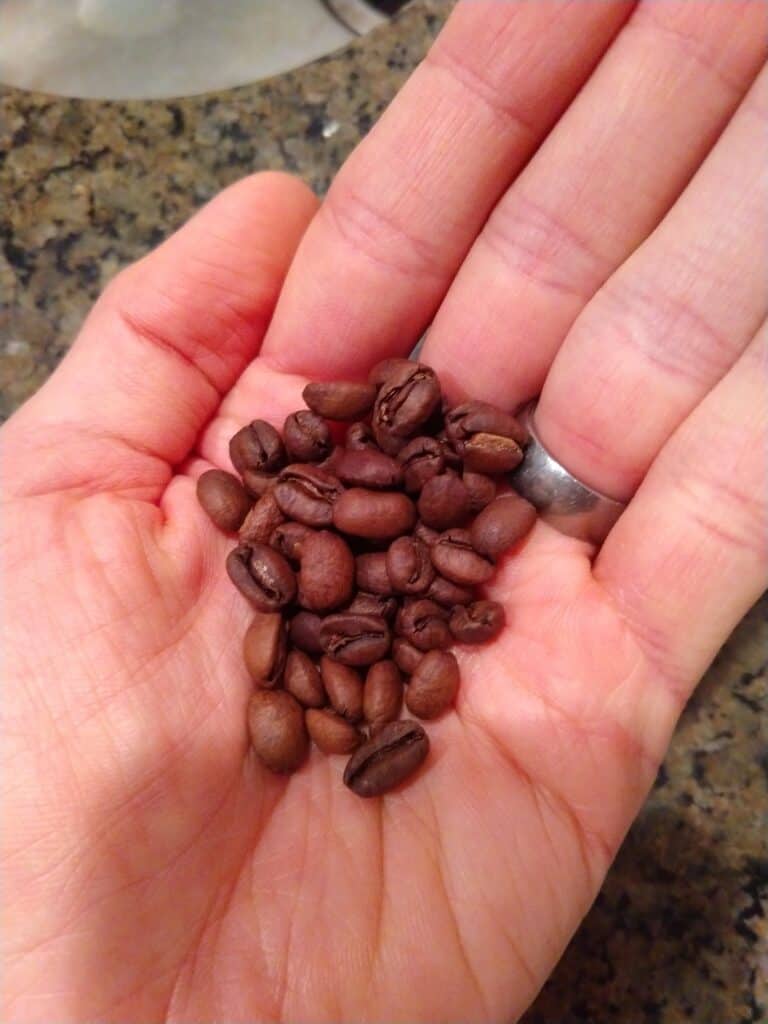
It’s easy to get full bags of beans you like
It may not happen every month, but you’ll inevitably find a stunningly good roast that you’ve got to have some more of.
Fortunately, that’s easy.
Some tasting-flight subscriptions may ship leftovers that tease you with a great brew or two, but aren’t readily available. With Angels’ Cup, that isn’t the case. The info on your tasting packets is all you need to order a full bag, quickly and predictable. That’s convenient for us and good business for them!
Incidentally, you can also skip the whole tasting experience and just go straight for a full bag of whatever users have rated the highest. That’s a fun option, too, if you aren’t into the cupping process but still like some guided exploration.
They feature interesting roasters
It’s safe to say I’m pretty deep into coffee nerd-dom. Not to the level of an industry insider, but more so than most people I know.
Even so, this subscription opened my eyes to some terrific roasters that are basically impossible to find here in the Seattle area.
For instance, terrific roasters like Yellow Brick (in Tucson, AZ) and Wild Gift (in Austin, TX) would never have been on my radar otherwise. That’s just plain cool.
If you’re into home coffee roasting like I am, then it’s also helpful to know how professionals roast some of the same coffees you’re working with.
The app works smoothly
Again, the whole Angels’ Cup thing is set up for an experience, and that’s what distinguishes it from most other subscriptions (or at least the ones I’ve tried).
Assuming you actually want to remember what you tried and how you liked it, it’s important to have a useful app.
Fortunately, they nailed that.
I especially appreciate that there are three different levels of sophistication (as of writing). You can do a quick-and-dirty rating, or some more nuanced brewing and tasting notes, or a sort of flavor wheel madness for those more hardcore than I.
Here’s a walk-through of “beginner” mode, which I suggest you start with.
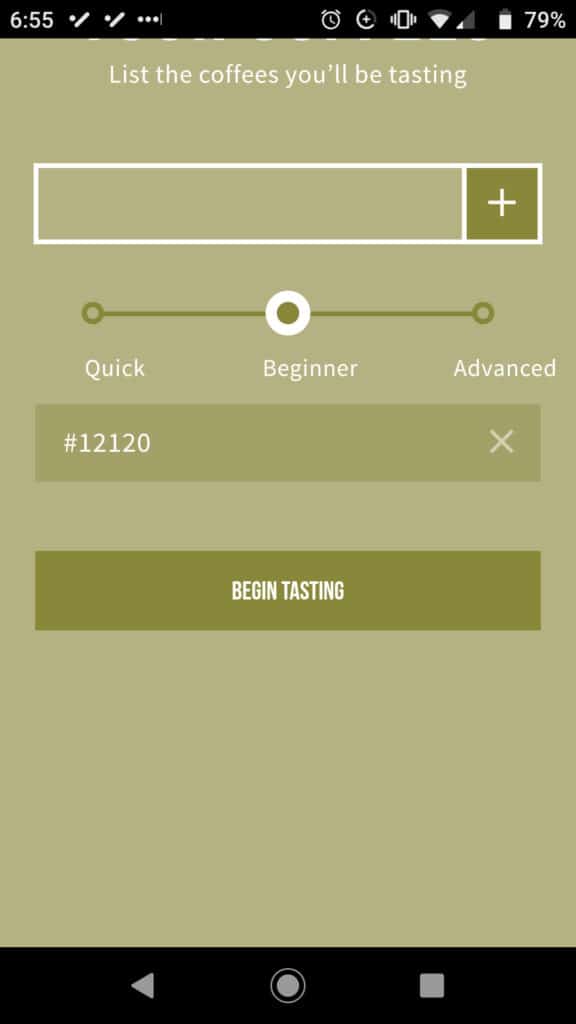
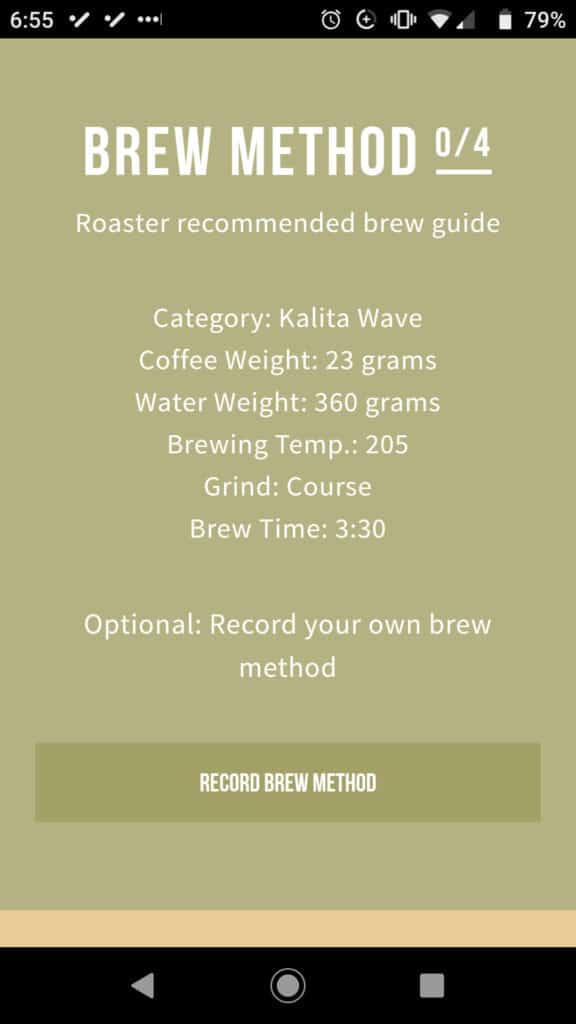
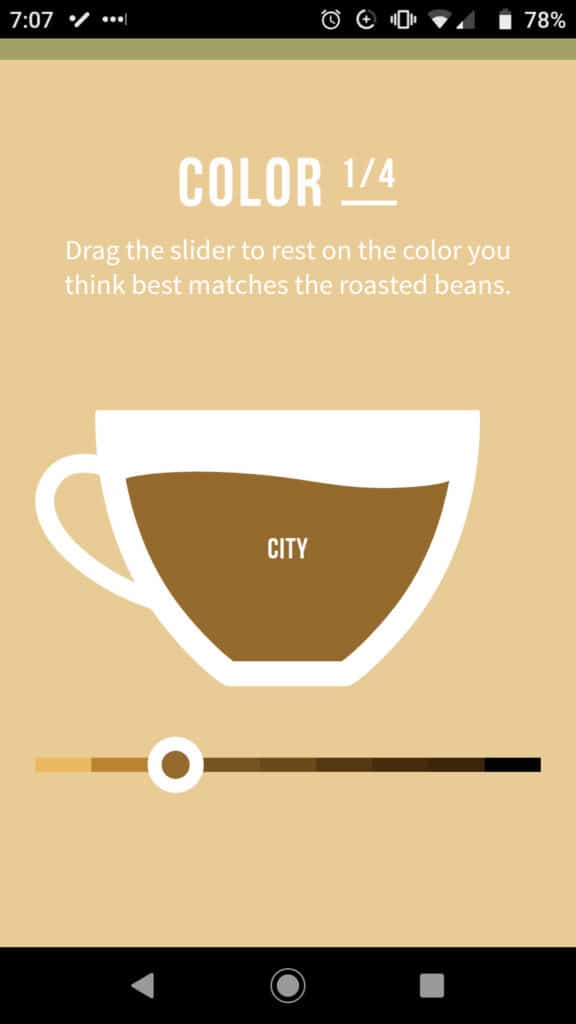

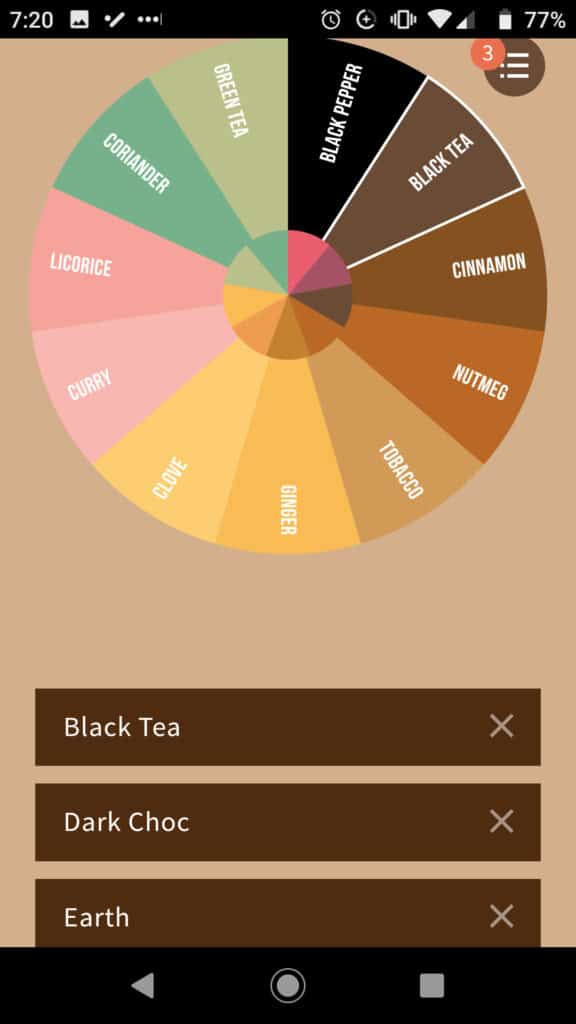
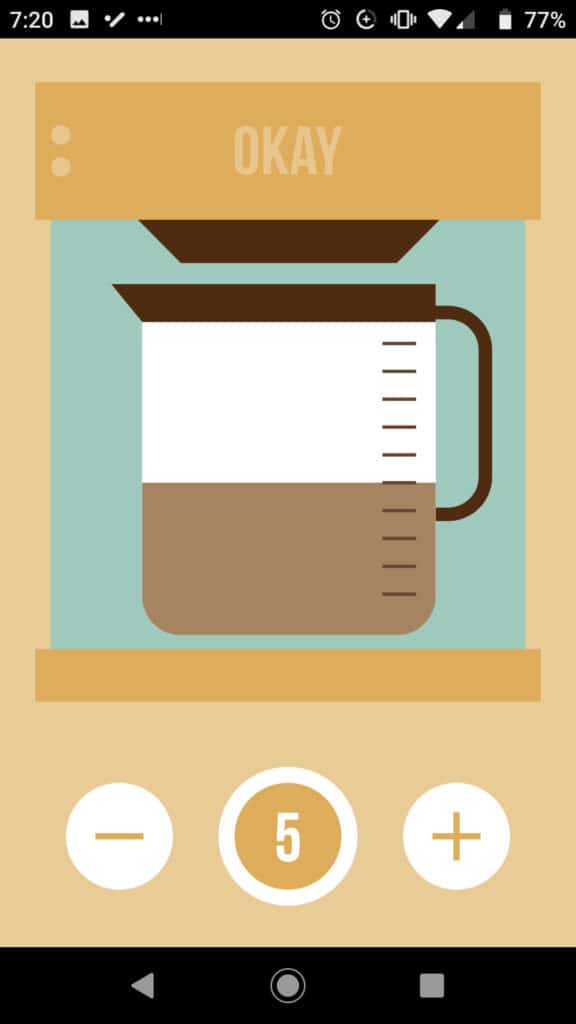
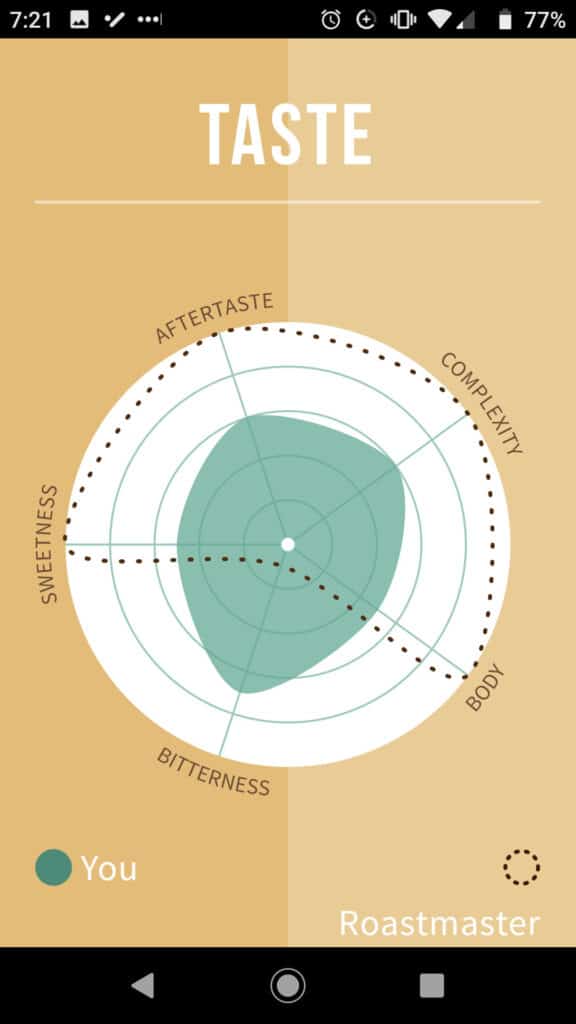
What Would I Change About Angels’ Cup?
You know those reviews that end in “This is pretty much perfect so buy it now”? Well, I’m darn close to writing one of them.
Maybe not perfect, but they nailed the coffee selection and roaster variety, which are the most important parts by a mile.
They also made it fun to receive, use, and look through.
So, if my two quibbles sound minor or even petty, it’s because they probably are.
With that said…
Organize the tasting more thematically
Tasting a large variety helps you pick out more nuance in coffee. I find it helpful to taste similar coffees together. That reduces the number of variables so you can zero in on the most salient flavors.
In my experience with Angels’ Cup, it’s rare to get similar beans in the same shipment. You might have a nutty Brazil, a chocolatey Guatemala, a fruity Kenya and a tea-like Ethiopia Sidamo. I’d rather see more of a theme, like four regions from the same country, or two varietals each as washed and natural process.
In fairness, there may be supply challenges that prevent this, but it would at least be nice to provide the option.
Give 6- or 8-sample options
I’d also like an option for larger sample sets. This is the most trivial of suggestions, really. And you could just place two orders for four samples twice a month,
But I’d really like to get six or eight samples (at the same roast level) all at the same time.
That’s same amount of coffee, but more opportunities for side-by-side tasting.
And again, lots of side-by-side tasting really is the key to discovering and enjoying all the nuance coffee holds.
How To Get The Most Out Of Your Angels’ Cup Subscription
Here are some things I figured out as I went, but wish I’d known from day one. You’ll come up with your own “pro tips”–and that’s part of the fun–but here are some starting points.
Start with the medium roast level
Single-origin coffees tend to show up best at lighter roast levels. “Light” is more subjective than you might think, but generally speaking, a light roast shows off the flavors that are distinctive to that origin, varietal, technique, etc.
However, I found some (perhaps a third) of my light-roast samples to be very light. Even with a high-end hand grinder, it was tough to get proper extraction. My local water supply might be part of the problem, but whatever the case, I got a lot of weak, sour, or saline brews that I normally avoid.
As soon as I switched to the medium-roast box, everything was spot on. Your mileage (and taste) may vary, but unless you like the very lightest of roasts, then consider starting with medium for at least a couple months, then changing as you see fit.
(I haven’t tried the dark-roast box, and don’t plan to. Others may love it, but I find darker roasts too similar to pick out much of that single-origin goodness.)
Read up on how to do a coffee cupping
There’s actually an official “cupping” (tasting) protocol for coffee. You can be as stringent or as lax as you like. In any case, what matters is a quick and consistent way to brew up all four coffees at once.
You’ll quickly figure out your own method, but here’s mine. It requires a metric scale, which is pretty much necessary for anyone into coffee tasting and brewing anyhow.
- Get four ramekins or wide-mouthed cups and set them out
- Start a kettle boiling
- Measure 10 grams of each coffee
- Grind them (separately, obviously) to a medium-coarse size, e.g., smaller than for French press but larger than for most drip brewers
- Put the beans into the cups
- As soon as the water is at 200-205F (that’s about 93-95C), use the scale to fill each cup with 170 grams of water
- Let them sit for 30 seconds, then give each a quick stir with its own spoon, and let them rest another minute
- Using those same, unique spoons for each one, get a little of the brew (avoiding grounds) onto your spoon and suck/slurp it to cover as much of your tongue at once as possible
You’ll have plenty for multiple people to cup. If you’re inclined, then invite some friends to compare notes.
But nobody says you have to share…
Try multiple brewing methods with leftovers
Part of why I suggest just 10 grams per cup is so that you have leftovers for a full cup or two using different methods.
You’ll be surprised at how the cupping sample tastes wildly different from a V60 which is equally different from an AeroPress, and so forth. The more you can try, the better!
Consider opting for the larger “Black Box” kit if you have a few brewing methods in mind, or simply want to enjoy your favorites for a couple more days.
Having extra also makes it easier to dial in the right grind for each bean. Until you have quite a bit of coffee brewing experience–and sometimes even then–you might end up with an under- or over-extracted cup just because your usual grind setting was slightly off.
(Side note: the AeroPress gives you a little extra forgiveness with grind size, which is one of the reasons I love it for trying new coffees.)
Final Thoughts on The Angels’ Cup Coffee Subscription
With a couple extremely minor changes, Angels’ Cup would have an absolutely perfect offering. (And since those changes are more about my preferences than about real flaws, it’s hard to call them real drawbacks.)
If you enjoy the novelty and discovery aspects of specialty coffee, then Angels’ Cup is an obvious choice. The blind tasting aspect (and nifty mobile app) is the biggest differentiator from other boxes I’ve tried, and it’s genuinely cool.
I also highly recommend it if you’re new to specialty coffee and aren’t yet sure what to look for. Better to try several and have fun doing it than to blow $20+ on a single bag you don’t end up liking!
On the flip side, if you’re more of a find-your-coffee-and-stick-with-it sort of person, then the complexity of a tasting will be more annoying than enjoyable.
For that matter, you’ll need to look elsewhere for a thematic tasting (by another besides roast level)…at least for now.
It’s also expensive on a per-gram basis, but given all the work and extra packaging to prepare a tasting kit, I can’t think of a cheaper option besides buying stale, bulk beans from the supermarket. And that will, assuredly, not be a pleasant cupping session.
With all that said, do I recommend Angels’ Cup?
That’s a definitive “yes”!
For around the price of Netflix each month, you get great variety and quality with a well-thought-out experience that’s easy to look forward to.
You can sign up here.
P.S. Angels’ Cup also offers a gift option. If it’s not quite your thing, but there’s a coffee geek in your life who might enjoy it, then you can set them up as well.

